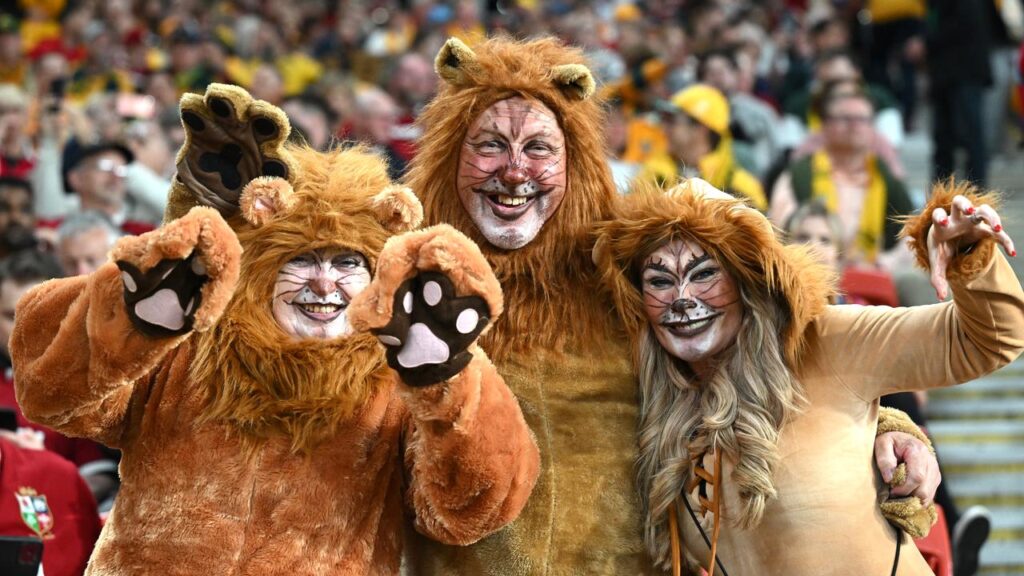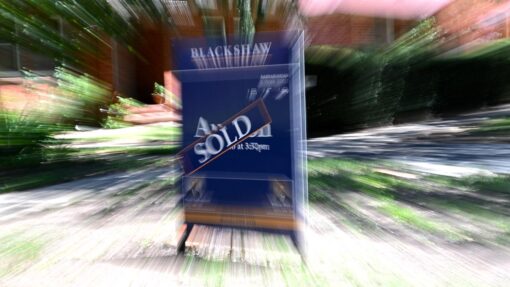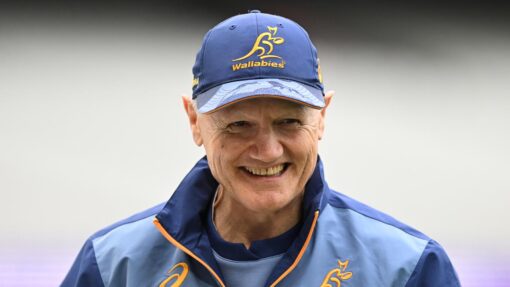Footy fans help consumer spending roar into growth
Aaron Bunch |

Footy fever has helped score a try for consumer spending, with a series of big matches prompting Australians to open their wallets, the nation’s biggest bank says.
The British and Irish Lions rugby union tour and the State of Origin rugby league decider helped push household spending up 0.8 per cent in July, according to the Commonwealth Bank.
“Fans spent up on travel, entertainment and accommodation,” economist Belinda Allen said.
About 83,000 fans bought tickets for the State of Origin decider, which was won by Queensland, in Sydney on July 9.

The British and Irish Lions tour included nine matches in six cities attended by about 452,000 people, with all but two played in July.
Recreation spending was up 1.8 per cent and hospitality spending increased 1.5 per cent.
Overall, 10 out of the 12 CommBank Household Spending Insights Index categories recorded growth in July.
Motor vehicle spending rose 1.4 per cent, insurance increased 1.2 per cent, and health was up 1.1 per cent.
“We have been anticipating a lift in household spending for some time, supported by rising real disposable incomes, increased household wealth, and a resilient labour market,” Ms Allen said.
Spending on education was flat, and utilities fell 0.5 per cent.
The index shows spending has risen 6.4 per cent in 2025.

The biggest gains occurred in the communications and digital, up 10.9 per cent; recreation, up 10.3 per cent; and hospitality, up 10.0 per cent.
“Strong growth in spending on recreation and hospitality over the year underscores that consumers are prioritising experiences and being deliberate about their spending choices,” Ms Allen said.
“We expect a further pickup in spending through the rest of this year and into next, helping to drive a broader economic recovery.”
Education was the weakest category in 2025, down 1.8 per cent.
Spending on utilities was up over the year due to cost-of-living energy subsidies being wound back.
The bank expects the Reserve Bank to further cut the cash rate in November to 3.35 per cent.
“A lower rate environment should help fuel consumer optimism and spending in the year ahead, and into 2026,” Ms Allen said.
AAP


